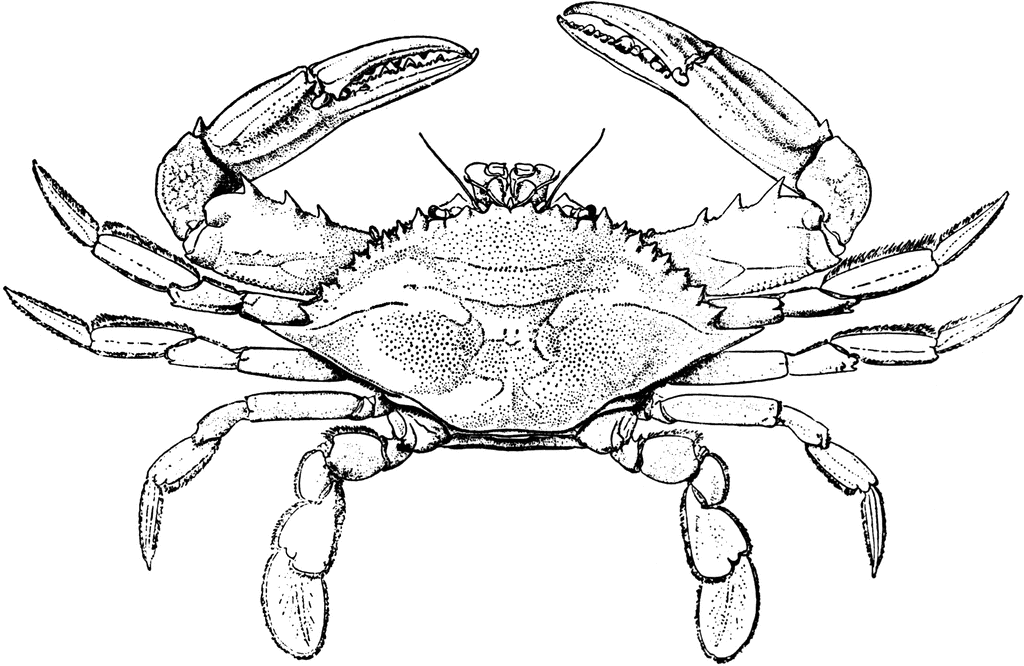

Warner was a family friend from the Eastern Shore of Virginia. The tasty part needs no explanation.Ī wonderful book was written by William Warner in 1976 entitled “Beautiful Swimmers: Watermen, Crabs and the Chesapeake Bay," for which he won the Pulitzer Prize in 1977. Truly a beautiful sight to watch a crab swim. The leading modified swimming leg provides upward lift while the trailing swimming leg is the propulsion. When the crab swims, it tucks in its leading claw, while the trailing claw acts like a rudder. However, the fifth pair of legs are flattened into a more paddle-like appendage. There are then three pairs of walking legs, which the crab can actually use to walk along the bottom. One is a crusher claw and one is a cutter claw. One claw is larger and heavier than the other. The crab has five pairs of legs with one pair modified into claws. If you have ever seen a blue crab swim, you would understand the name.

Callinectes means "beautiful swimmer," while sapidus translates to "savory" or "tasty." The name of the Blue crab could not be more true. The official genus species of an organism is supposed to mean something in Greek or Latin. The scientific name of the blue crab is Callinectes sapidus. I used to get enough crabs so that I could eat some while experimenting on some. Thus, my love of crabbing made the choice of thesis topic fairly easy. My thesis topic was on the neurophysiology of swimming leg musculature of the blue crab. Army, including a tour in Vietnam, I attended the University of Virginia to get my master's degree in biology. So my life has been intertwined with blue crabs for many years. I grew up in Norfolk, Va., on the Chesapeake Bay where crab boils and oyster roasts in the fall were a way of life. The blue crab and I have a long and storied history, only some of which I can share in a newspaper column. The answer usually surprises them when I say “the blue crab.” And so it goes until someone asks: What’s your favorite animal? This question usually comes up when I am talking to a group of elementary students and they get into what I term the superlative questions: What’s the biggest? (the blue whale) What’s the ugliest? (the manatee, but it is so ugly, it’s pretty) or What’s the scariest? (the stinging nettle, if I am in the water). On occasions I am asked to identify my favorite animal.


 0 kommentar(er)
0 kommentar(er)
